Content Menu
● Understanding Swimwear Manufacturing
● Key Players in Swimwear Manufacturing
● 1. Abely Fashion
● 2. AEL Apparel
● 3. Bali Swim
● 4. Mukara Swimwear Manufacturing
● 5. Welon (China) Ltd.
● 6. Blue Sky Swimwear
● 7. Liv Brasil
● 8. Hongyu Apparel
● 9. Unijoy Swimwear
● 10. Saltabad Production AB
● Choosing the Right Swimwear Manufacturer
● The Future of Swimwear Manufacturing
>> Emerging Trends in Swimwear Manufacturing
● The Impact of E-commerce on Swimwear Sales
● Marketing Strategies for Swimwear Brands
● Regional Market Dynamics
● Consumer Behavior Insights
● Case Studies of Successful Brands
● Challenges Faced by Manufacturers
● Innovations in Fabric Technology
● Environmental Impacts of Traditional vs Sustainable Practices
● Future Predictions for Industry Growth
● Conclusion
● Frequently Asked Questions
>> 1. What should I consider when choosing a swimwear manufacturer?
>> 2. What materials are best for swimwear?
>> 3. How important is quality control in swimwear manufacturing?
>> 4. Can I get custom designs from swimwear manufacturers?
>> 5. What trends are shaping the future of swimwear manufacturing?
● Citations:
In the ever-evolving fashion industry, swimwear manufacturing companies play a crucial role in bringing innovative designs to life. For brands looking to enter or expand their presence in the swimwear market, understanding the landscape of swimwear manufacturing is essential. This article delves into the world of swimwear manufacturing, highlighting key players, processes, and tips for selecting the right manufacturing partner.
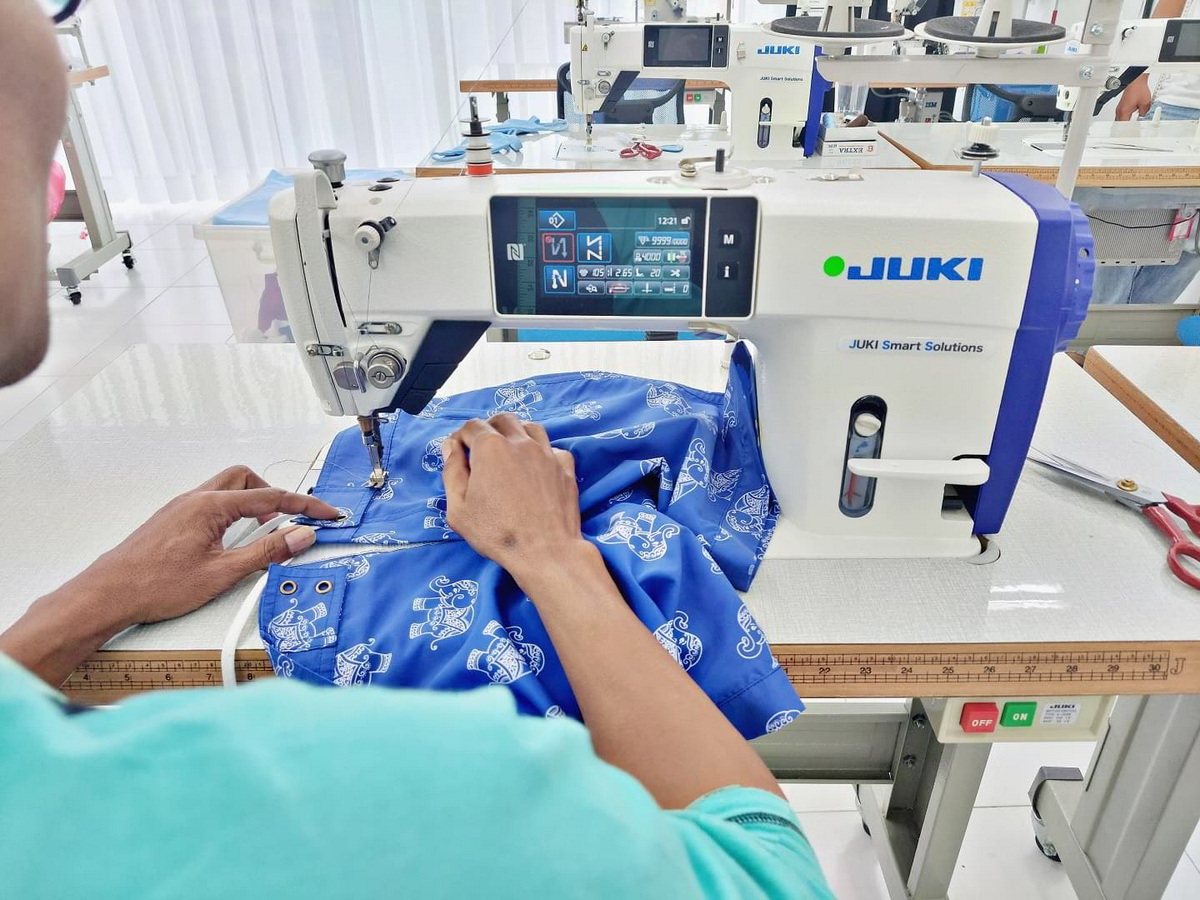
Understanding Swimwear Manufacturing
Swimwear manufacturing involves several stages, from design conception to the final product. Here's a breakdown of the essential components involved in the process:
1. Design and Concept Development
The journey begins with a creative vision. Designers conceptualize styles based on current trends, customer preferences, and brand identity. Collaborating with a swimwear manufacturer early in this stage can provide insights into feasible materials and production techniques.
2. Fabric Sourcing
Choosing the right fabric is critical for swimwear. Common materials include:
- Nylon: Known for its durability and resistance to wear.
- Spandex (Lycra): Offers excellent stretch and recovery.
- Polyester: Provides UV protection and is quick-drying.
Manufacturers often have established relationships with fabric suppliers, which can streamline this process.
3. Sample Creation
Before mass production, manufacturers create samples to evaluate fit, style, and fabric performance. This stage is vital for ensuring that the final product meets quality standards and customer expectations.
4. Production
Once samples are approved, production begins. This phase includes cutting, sewing, and finishing garments. Quality control is essential at this stage to ensure that each piece meets the brand's specifications.
5. Packaging and Shipping
After production, swimwear is packaged according to brand guidelines and shipped to retailers or directly to customers.
Key Players in Swimwear Manufacturing
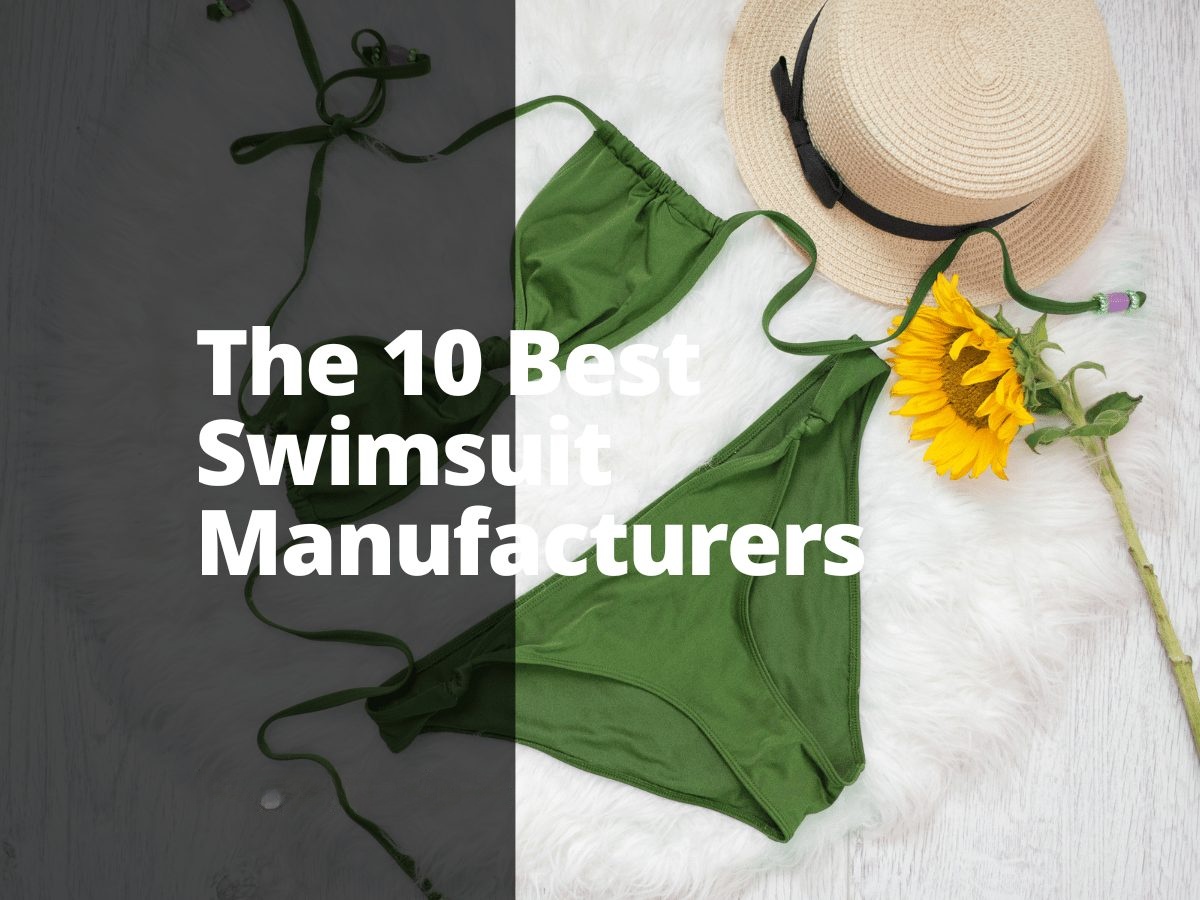
Several notable swimwear manufacturing companies stand out in the industry due to their unique offerings and capabilities:
1. Abely Fashion
Location: Dongguan, Guangdong Province, China
Established: 2002
Abely Fashion is a leading swimwear manufacturer recognized for its innovation and commitment to quality. They offer a wide range of swimwear for all ages, emphasizing honesty, equality, and meticulous service. Their integrated approach to R&D, design, production, sales, and technological advancement makes them a top choice for customized swimwear solutions worldwide.
- Key Products: Bikinis and Swim Trunks
- Takeaway Note: Abely Fashion is ideal for brands in need of custom and high-quality swimwear solutions, offering extensive design support and flexible production capacity.
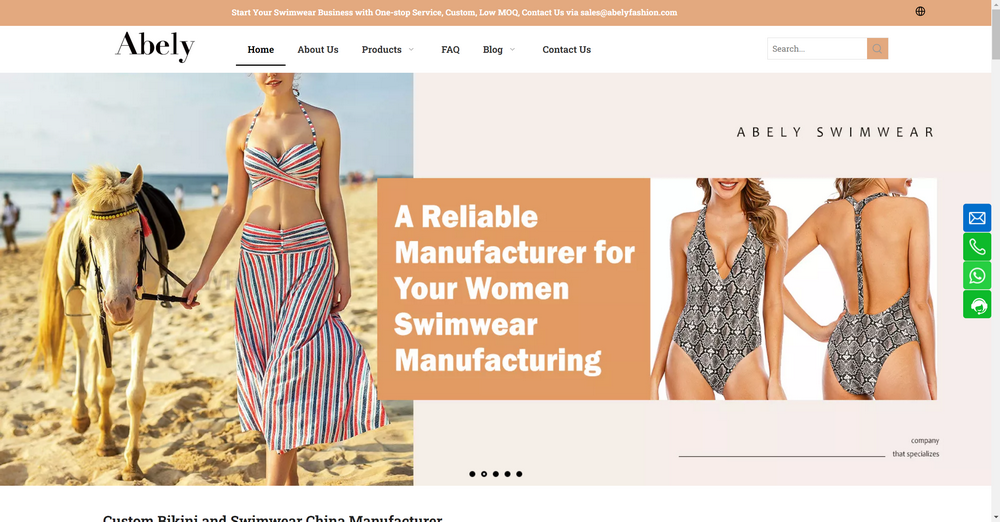
2. AEL Apparel
Location: Shenzhen, China
Established: 2009
AEL Apparel specializes in custom swimwear manufacturing with a focus on high-quality fabrics and tailored designs. With a production capacity of over 400,000 items per month, they cater to both large orders and smaller batch productions.
- Key Products: Women's and Men's Swimwear
- Takeaway Note: AEL Apparel is known for its commitment to sustainability and ethical sourcing practices.
3. Bali Swim
Location: Bali, Indonesia
Established: Over 30 years ago
Bali Swim is renowned for its eco-friendly practices and innovative designs. Operating from a solar-powered factory, they use recycled materials like ECONYL® and REPREVE® to create stylish swimwear while minimizing their environmental impact.
- Key Products: Women's Swimwear and Beach Accessories
- Takeaway Note: Bali Swim is perfect for brands prioritizing sustainability without compromising on style or quality.
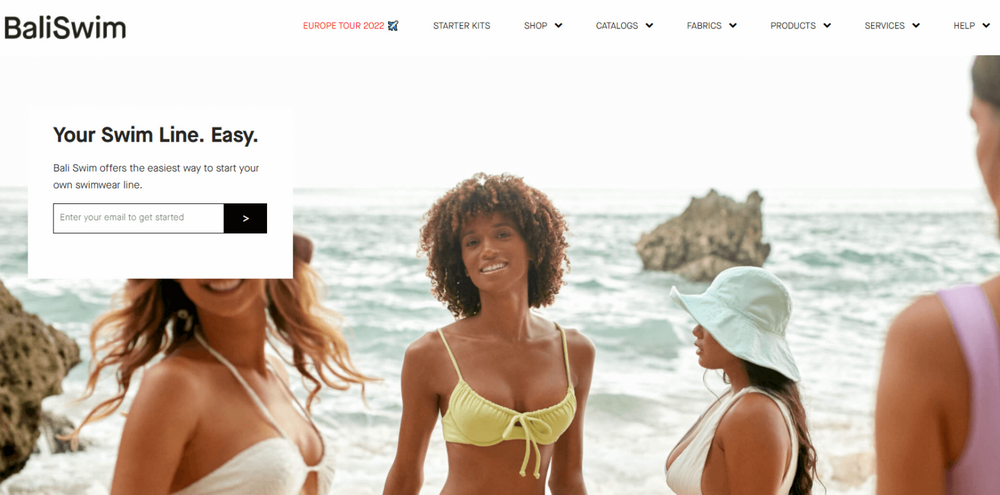
4. Mukara Swimwear Manufacturing
Location: Colombia
Established: 2008
Mukara has built an enduring reputation for producing high-quality swimwear with a focus on custom orders and low minimums. They emphasize reliability and flexibility in their manufacturing processes.
- Key Products: Bikinis, One-Piece Swimsuits, Rash Guards
- Takeaway Note: Mukara is an excellent choice for both startups and established brands looking for personalized service.
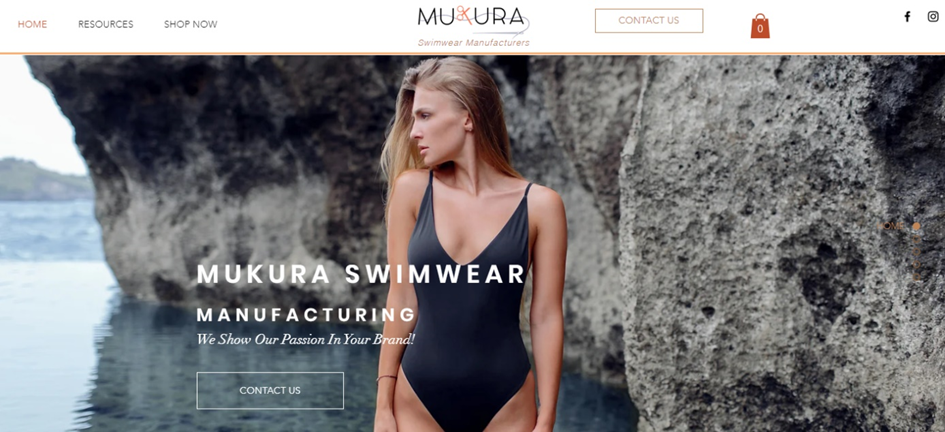
5. Welon (China) Ltd.
Location: Guangdong Province, China
Established: 2003
Welon specializes in high-end fashion swimwear manufacturing that serves high-street fashion brands. They produce millions of pieces annually while ensuring high quality through rigorous certifications.
- Key Products: Women's and Men's Swimwear
- Takeaway Note: Welon is ideal for brands seeking expertise in fashion trends along with quality assurance.
6. Blue Sky Swimwear
Location: South Daytona, Florida, USA
Established: 1995
Blue Sky is renowned for its luxury performance fabrics and customizable options. They cater to various body types with stylish designs that emphasize comfort and durability.
- Key Products: Halter Tops, Tankini Tops
- Takeaway Note: Blue Sky is perfect for brands looking for high-quality materials with extensive customization options.
7. Liv Brasil
Location: Brazil
Liv Brasil focuses on ethically produced swimwear using biodegradable fabrics. They are PETA-approved and emphasize sustainability while providing customizable design services.
- Key Products: Bikinis, One-Piece Swimsuits
- Takeaway Note: Liv Brasil is a trusted name for eco-friendly swimwear that supports ethical production practices.
8. Hongyu Apparel
Location: Dongguan City, China
Established: 2003
Hongyu Apparel offers a wide range of swimwear options through private label manufacturing. They specialize in both custom-made and ready-made options catering to various design preferences.
- Key Products: Bikinis, One-Piece Suits
- Takeaway Note: Hongyu Apparel is known for its expertise in creating bespoke swimwear suitable for emerging and established fashion brands alike.
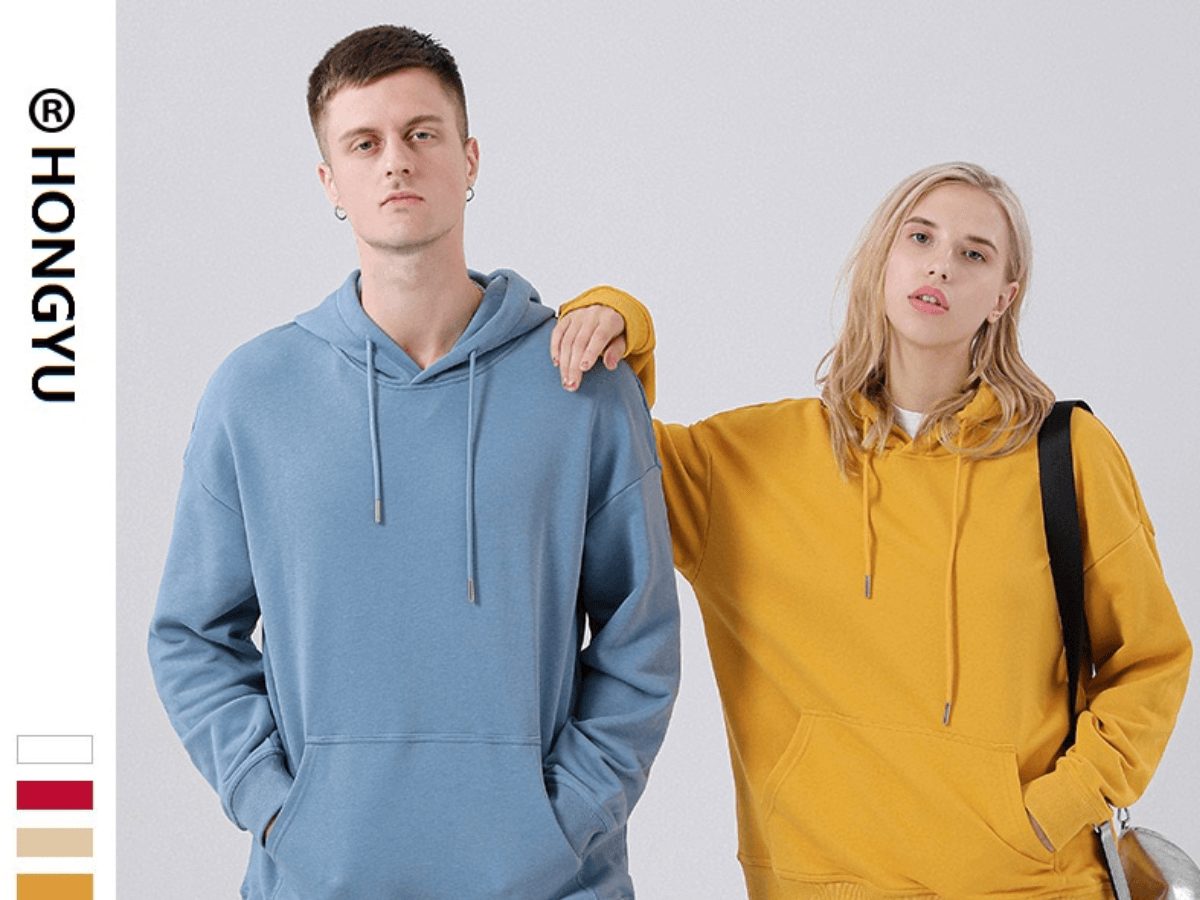
9. Unijoy Swimwear
Location: Dongguan, China
Established: 2004
Unijoy specializes in OEM & ODM manufacturing of swimwear and activewear. They focus on inclusivity by offering products for all body types including plus-size options.
- Key Products: Women's Swimsuits and Active Leggings
- Takeaway Note: Unijoy is perfect for brands looking to provide inclusive sizing while maintaining high quality standards.
10. Saltabad Production AB
Location: Sweden
Saltabad Production AB focuses on producing high-quality bikinis and swimsuits with an emphasis on sustainable practices. They cater primarily to European brands with a commitment to local production.
- Key Products: Bikinis, Swimsuits
- Takeaway Note: Saltabad stands out due to their collaboration with well-known designers and their dedication to eco-friendly practices.
These companies exemplify how diverse swimwear manufacturing can be, catering to various market needs from eco-conscious consumers to high-fashion trends.
Choosing the Right Swimwear Manufacturer
Selecting a swimwear manufacturer requires careful consideration of several factors:
- Experience and Expertise: Look for manufacturers with a proven track record in swimwear production. Their expertise can significantly impact the quality of your products.
- Customization Options: Ensure that the manufacturer can accommodate your specific design requirements, including fabric choices and style variations.
- Minimum Order Quantities (MOQs): Different manufacturers have varying MOQs. Choose one that aligns with your business model—whether you're a start-up or an established brand looking for bulk orders.
- Communication and Support: A manufacturer that values communication will help navigate challenges more effectively throughout the production process.
The Future of Swimwear Manufacturing
As consumer preferences shift towards sustainability and ethical production practices, many swimwear manufacturing companies are adapting by incorporating eco-friendly materials and transparent supply chains. Brands that prioritize sustainability are likely to resonate more with today's environmentally conscious consumers.
Emerging Trends in Swimwear Manufacturing
The swimwear market is evolving rapidly, influenced by several key trends:
- Sustainable Swimwear: There is a growing demand for eco-friendly fabrics such as recycled polyester, organic cotton, and ECONYL (a nylon made from recycled materials). Brands are increasingly adopting ethical production practices to meet consumer expectations for sustainability.
- Customization and Personalization: Advances in digital printing technology have made it easier for brands to offer customized options without significant cost increases. Consumers now seek unique products that reflect their personal style.
- Technological Innovations: New fabric technologies are enhancing swimwear performance by offering features like UV protection, quick-drying capabilities, and improved durability. Smart textiles equipped with sensors can monitor health metrics during swimming activities.
- Inclusive Sizing: The industry is witnessing a shift towards more inclusive sizing options that cater to diverse body types. This trend reflects broader societal changes towards body positivity and acceptance.
The Impact of E-commerce on Swimwear Sales
The rise of e-commerce has transformed how consumers shop for swimwear. Online platforms provide convenience and accessibility, allowing consumers to browse extensive collections from various brands without geographical limitations. This shift has led to increased sales for many swimwear brands as they reach wider audiences globally.
Marketing Strategies for Swimwear Brands
To thrive in this competitive landscape, swimwear brands must adopt effective marketing strategies:
- Social Media Engagement: Platforms like Instagram and TikTok are vital for showcasing new collections and engaging with customers through visually appealing content.
- Influencer Collaborations: Partnering with influencers who resonate with target demographics can boost brand visibility and credibility.
- Sustainability Messaging: Communicating sustainable practices transparently can attract environmentally conscious consumers who prioritize ethical shopping choices.
Regional Market Dynamics
The global landscape of swimwear manufacturing varies significantly across regions due to cultural preferences, climate conditions influencing styles demanded by consumers (e.g., tropical vs temperate), local regulations regarding textile production standards or labor laws impacting operational costs among manufacturers situated within different countries or regions.
- North America has led the market due primarily to its focus on health-conscious lifestyles promoting swimming as both leisure activity & sport while also being home base for numerous prominent fashion brands driving innovation forward through competitive offerings.
- In contrast, Asia-Pacific showcases rapid growth potential attributed largely towards rising disposable incomes coupled alongside increasing interest amongst younger generations towards fashion-forward designs which emphasize individuality over traditional styles previously favored by older demographics.
Consumer Behavior Insights
Understanding consumer purchasing behavior is critical when developing successful marketing campaigns tailored specifically towards attracting target audiences effectively. Research indicates factors influencing decisions include:
- Comfort & fit remain top priorities among shoppers—70% purchase swimsuits primarily intended for beach vacations while seeking styles providing adequate support without compromising aesthetics.
- Seasonal trends also play an important role; colors like blue & green dominate sales figures during summer months whereas floral prints gain traction around holidays such as Memorial Day or Labor Day celebrations.
Case Studies of Successful Brands
Examining case studies provides valuable lessons learned from established players within this space—brands like Speedo revolutionized competitive swimming gear through continuous innovation enhancing performance metrics resulting ultimately leading them becoming synonymous with excellence across various aquatic sports disciplines worldwide.
Conversely smaller startups leveraging social media platforms effectively showcase unique designs catering specifically towards niche markets (e.g., plus-size offerings) have gained traction rapidly by connecting directly with customers fostering loyalty through personalized experiences.
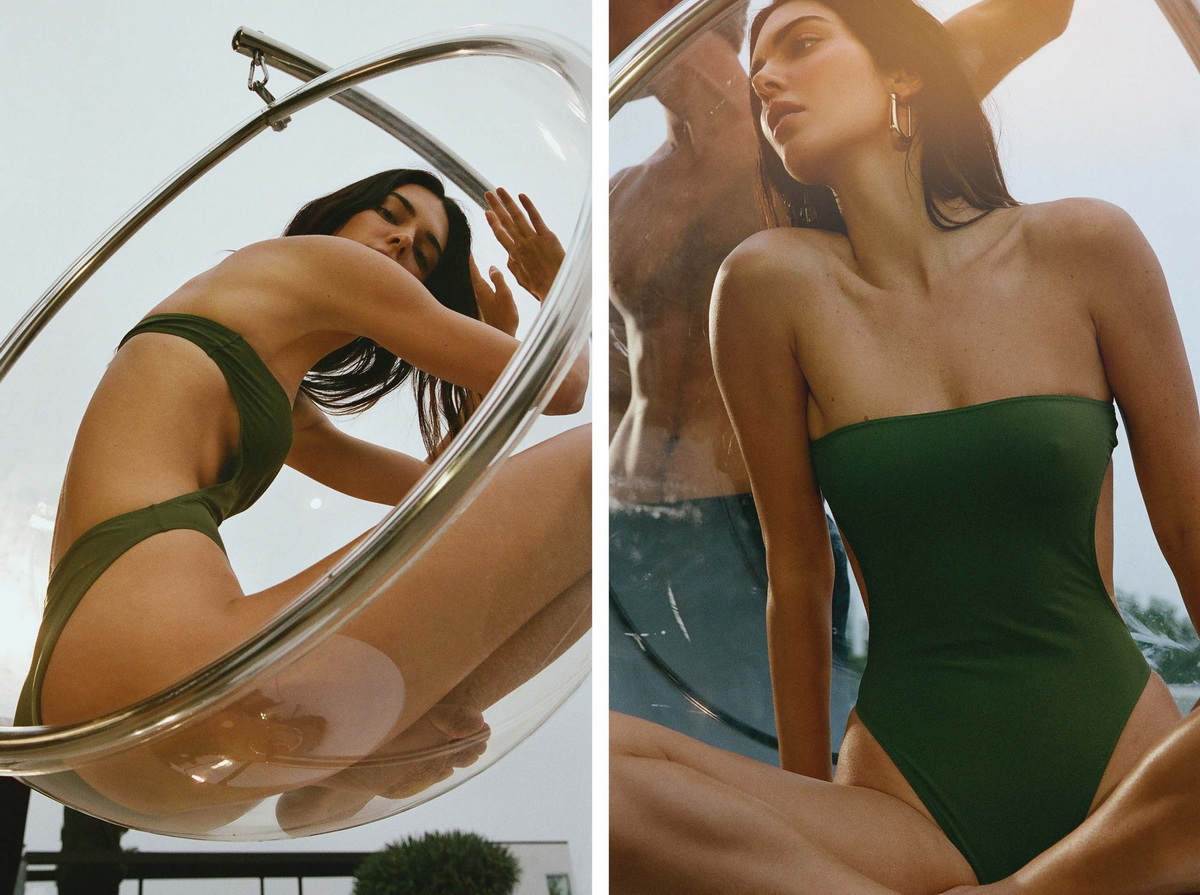
Challenges Faced by Manufacturers
Manufacturers face numerous challenges ranging from supply chain disruptions caused by global events impacting raw material availability leading potentially increased costs incurred during production cycles—delays often result negatively affecting timelines set forth within contractual agreements established prior commencement projects undertaken.
Moreover navigating regulatory landscapes concerning environmental impact assessments or labor rights compliance adds complexity further complicating operational efficiencies desired by manufacturers striving achieve profitability margins expected within highly competitive sectors like fashion today.
Innovations in Fabric Technology
Innovative advancements continue transforming traditional approaches utilized throughout history—modern fabrics now incorporate properties allowing enhanced breathability & moisture-wicking capabilities ensuring wearers remain comfortable regardless conditions encountered whilst enjoying aquatic activities outdoors.
Additionally smart textiles equipped sensors monitoring physiological metrics empower athletes track progress accurately enabling data-driven decision-making enhancing training regimens overall performance outcomes achieved over time.
Environmental Impacts of Traditional vs Sustainable Practices
The environmental footprint associated with conventional textile production processes remains significant—utilizing vast quantities water coupled alongside chemical treatments often result detrimental effects ecosystems surrounding facilities involved throughout supply chains established globally today.
Conversely adopting sustainable practices not only mitigates these risks but also positions brands favorably amongst increasingly discerning consumers seeking align purchases values reflecting commitment towards protecting planet earth future generations ahead.
Future Predictions for Industry Growth
Looking ahead projections indicate continued expansion anticipated across global markets driven largely increased participation rates among individuals engaging water-based activities coupled alongside growing awareness surrounding importance maintaining healthy lifestyles overall well-being achieved through regular exercise routines integrated seamlessly daily lives moving forward into next decade ahead.
With further emphasis placed upon customization options available via direct-to-consumer models emerging trends suggest opportunities abound within realms adaptive apparel catering diverse needs individuals requiring specialized solutions enhancing accessibility overall enjoyment experiences derived from swimming activities enjoyed universally across demographics worldwide alike!
Conclusion
In conclusion, partnering with the right swimwear manufacturing company is pivotal for success in the competitive swimwear market. By understanding the manufacturing process, recognizing key players in the industry, staying abreast of emerging trends such as sustainability and customization, choosing a manufacturer that aligns with your brand values and goals, you can create a successful swimwear line that stands out while navigating challenges effectively throughout your journey towards achieving excellence within this vibrant sector!
Frequently Asked Questions
1. What should I consider when choosing a swimwear manufacturer?
- Consider factors such as experience, customization options, MOQs, communication style, and sustainability practices.
2. What materials are best for swimwear?
- Common materials include nylon for durability, spandex for stretchability, and polyester for UV protection.
3. How important is quality control in swimwear manufacturing?
- Quality control is crucial as it ensures that each piece meets design specifications and maintains high standards of comfort and durability.
4. Can I get custom designs from swimwear manufacturers?
- Yes! Many manufacturers offer custom design services tailored to your specific needs.
5. What trends are shaping the future of swimwear manufacturing?
- Sustainability and ethical production practices are becoming increasingly important as consumers seek eco-friendly options.
Citations:
[1] https://www.hongyuapparel.com/plus-size-swimwear-manufacturer/
[2] https://nichesources.com/private-label-swimwear-manufacturers.html
[3] https://www.abelyfashion.com/top-10-reliable-swimsuit-manufacturers-in-china.html
[4] https://m.goldsupplier.com/store/abelyfashion.html
[5] https://appareify.com/hub/swimwear/best-swimwear-manufacturers
[6] https://www.klothingo.com/manufacturers/swimwear/
[7] https://appareify.com/hub/swimwear/best-bali-swimwear-manufacturers
[8] https://www.hongyuapparel.com/best-swimsuit-manufacturers/
[9] https://baliswim.com
[10] https://www.abelyfashion.com






































































